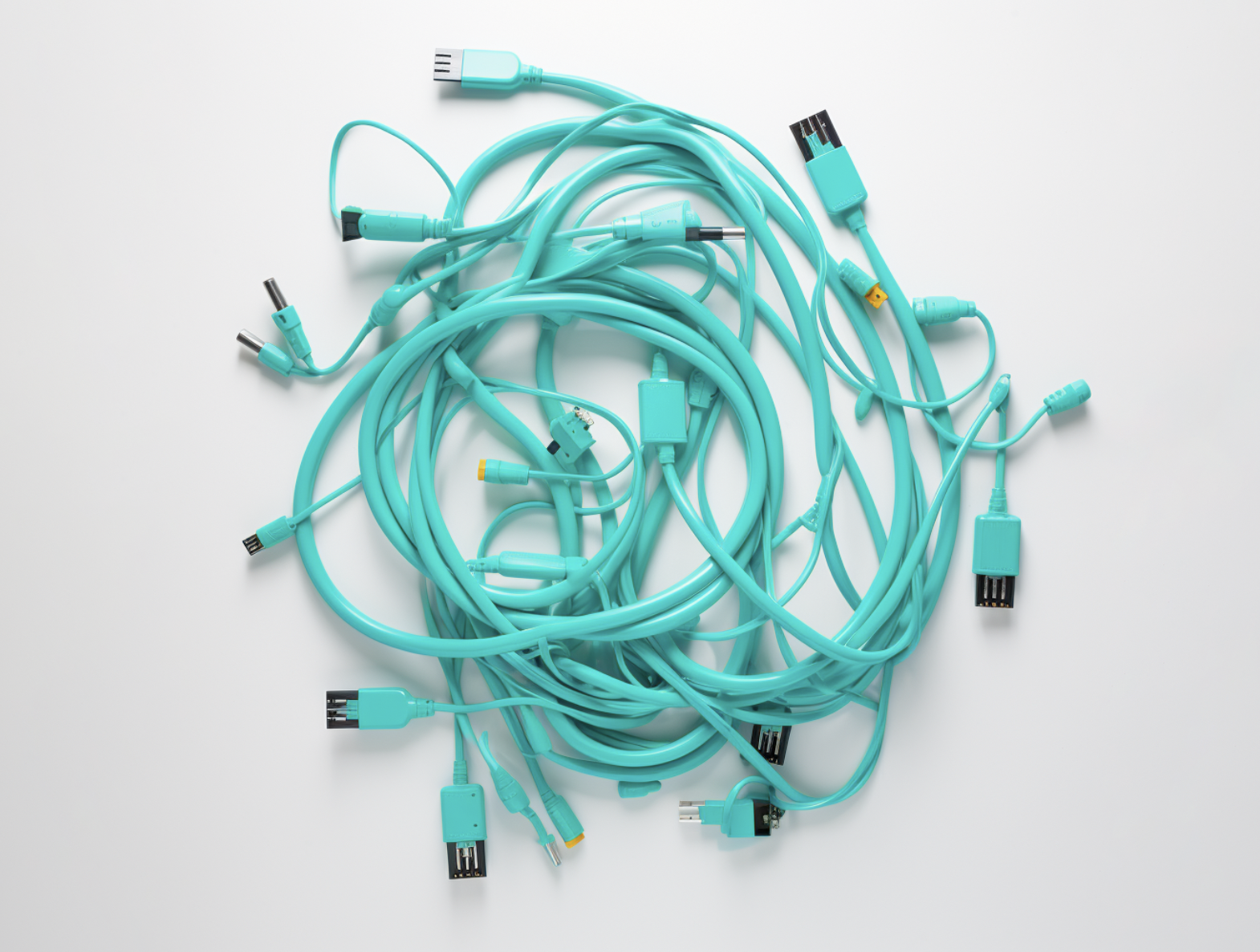Why Pepper?
By providing a universal interface, our Pepper software makes it easy to connect POS terminals to your cash register software.
Why Pepper?
By providing a universal interface, our Pepper software makes it easy to connect POS terminals to your cash register software.
POS terminal assistant
Find out whether your terminal is supported by our solutions.
Supported POS software
Find out whether Pepper has already been integrated into your POS system.
Order a Pepper license
Ready to purchase your Pepper license?
Why Matchbox?
Matchbox automates your payment reconciliation, reduces expenditures – and turns the flood of your payment data into informative diagrams.
Free Matchbox trial
Give Matchbox a try? We would love to give you a short personal introduction and then activate your free trial account.
Supported terminal types
Find out whether your terminal is supported by our solutions.
Check now
Supported POS software
Find out whether Pepper has already been integrated into your POS system.
Check now
The driving force worth knowing
As EFT experts, we not only report on current projects here. We also like to share our knowledge about the world of cashless payments.
25 July 2023

The technology around cashless payments is in a continuous state of development: new payment options (e.g. mobile payment) require card readers and till software that support them, however. So you have to change your hardware regularly if you want to stay up to date. Whether initial set-up or terminal exchange: this article summarises everything you need to know when you want to connect a new EC terminal to the till.
We’re talking about EC terminals, but of course we realise this term is no longer strictly up to date.
In the context of payment options at the POS, you constantly encounter different terms like EC terminal, payment terminal, POS terminal, automated bank terminal or EFT/POS terminal. However, all these terms refer to the same card readers that facilitate electronic payments at the POS. As mentioned above, in this article we’re talking about EC terminals, because that’s the term people have embedded in their minds.
Anyone who’s been involved with EC terminal integration knows: connecting the EC card reader to the till system, so they can communicate with each other, can quickly become very complicated.
This is because there are no real standards for the interfaces between the two components. There are hundreds of different EC terminals and almost as many till systems, but these are never compatible with each other from the start. The reason is that there are no standardised interfaces for the till systems or the EC card readers.
Attempts have been made to standardise the interfaces at the national level (e.g. ZVT interface) or even internationally (e.g. the Nexo protocol). In reality, however, different manufacturers use different interpretations of these interfaces, which can then make connection very complicated and time-consuming again.
Once the EC terminal is finally connected, retail or hospitality companies want to avoid this effort in the future if at all possible. This creates the so-called lock-in effect: the projected effort it would take to integrate a new EC terminal deters many companies from changing acquirer – even if other acquirers can offer much better conditions and more up-to-date terminals.
Before we talk about possible solutions to this dilemma, we’d first like to look more closely at the two components that need to be connected – the till system and the EC terminal.
Depending on requirements, there are many different types of till systems in use today.
Traditional till systems comprise three elements: a physical cash register, a cashier and the receipt printer. The sale is manually recorded and manually printed out. These till systems cannot be integrated into IT structures and are only used now by very small companies for this reason. It’s not possible to connect EC terminals.
Electronic cash registers were the next stage in the evolution of till systems. They usually have a screen, a keyboard and have features like barcode scanners or receipt printers. It’s not really possible to integrate these into IT structures either though.
PC-based till systems use a computer with special till software that has to be connected in turn to hardware like barcode scanners, printers or EC terminals. The software and the necessary interfaces run locally on the respective computer.
Cloud-based till systems use cloud technology to store and manage software, interfaces and data. The flexible choice of hardware only acts as an interface: all data runs on a remote server. That’s why mobile till systems, such as tablet tills that are particularly popular in pop-up stores, restaurants or at trade fairs, are often cloud-based.
In the case of both PC-based and cloud-based till systems, the hardware always works in combination with till software, which has interfaces that have to be compatible with the respective EC terminal. Here’s a list of the till software solutions we think are the most important.
A company’s individual requirements determine which is the right till system. To find the best solution for your situation, it’s important to consider each system’s functions, costs and, of course, the options for IT integration.
The range of functions offered by modern EFT/POS or EC terminals is continually expanding: on the one hand, new payment options always have to be supported (e.g. mobile payment, vouchers etc.). And, on the other hand, new functions are always emerging, e.g. cashback, which allows consumers to withdraw cash directly when they make a purchase. We’ve summarised the most important functions of the latest EC terminals for you here:
The market in EC terminals is huge and constantly evolving. This means that very different types of EC terminals are available at the same time. We’ve summarised the most important types of EC terminals for you here:
The distribution of EC terminal providers varies widely around the world. We’re going to stick to the three most important providers in the DACH region (Germany, Austria, Switzerland) and take a closer look at them. These providers also play an important role internationally, however.
Ingenico is one of the leading providers of EC terminals in Europe and offers a whole range of terminal solutions for different industries. In terms of fees, the company offers relatively transparent pricing structures with no hidden costs. Ingenico offers its customers the highest security standards, like PCI DSS and supports contactless transactions and tokenising.
Verifone is also very prevalent in the DACH region. In terms of fees, Verifone does offer competitive prices, but their composition is not always entirely transparent. The company offers customer-specific pricing structures and discounts for transactions in certain industries. EC terminals from Verifone are likewise PCI DSS-certified. Verifone also offers continual monitoring including an alert message system.
Worldline is a leading provider of digital payment solutions in Europe. The fees are comparable to the other big providers, but they do vary by country and industry. Worldline really emphasises transparency, offering detailed transaction reports. The company also supports the PCI DSS standard, tokenising and biometric identification.
There are also a number of other EC terminal providers, such as Paytec or the Dutch provider CCV.
And by the way: besides pure terminal manufacturers like Verifone, some EC terminal suppliers also act as acquirers and/or payment service providers.
That’s why there are a number of different factors when it comes to choosing the right partner to provide electronic payments: acquirer fee structures vary on an individual basis depending on country, sales volume and industry. As transaction fees can end up being substantial for larger companies, it’s worth taking the time to check the precise conditions of the different providers for your own circumstances.
For fast, simple and secure payment completion it’s essential that the till software and EC terminal can communicate. This requires the right till interfaces that are not dependent on the actual hardware.
Communication between the two devices won’t work if the till software doesn’t have the exact communication protocol that’s integrated into the EC terminal. They just won’t understand each other figuratively speaking.
The problem? Because there is no real standard, there are many different communication protocols – and even more interpretations of these protocols.
Even though attempts have been made to introduce national or even international standardisation with the ZVT protocol or the Nexo protocol, you can only really call these communication protocols quasi-standards. That’s because the EC terminal providers interpret these protocols differently.
Connection can become problematic even when both devices supposedly support the same protocol.
The universal interface Pepper from treibauf supports all the important communication protocols in the DACH region and facilitates the connection of more than 100 different POS terminals. And by the way: Pepper is already integrated into an array of till software solutions. So IT managers don’t have to worry any more about compatibility between EC terminals and till software.
They can only connect the terminal and continue with step 2 if the right communication protocol is implemented in the till (or they’re using Pepper).
The second step is self-explanatory: the EC terminal needs power and has to be switched on.
In the next step, the EC terminal and till are then connected either using a cable or a wireless network connection (WLAN).
The connection has to be tested once the EC terminal and till are linked. This means performing a number of test transactions to check the different features and ensure communication between the two components in the company’s daily routine.
It’s also important to test all the features with different payment methods.
Do you have any more questions about connecting EC terminals to your till software? Please get in touch for a non-binding consultation.

23 April 2024 – What are the 15 most important KPIs in accounting? And which new KPIs have become more important in the context of electronic payments? Our article provides valuable insights for better controlling. Continue reading

21 March 2024 – What do you actually do with your expired debit cards, credit cards and railcards? They’re simply too good to throw away. If you want to quickly make something practical, surprise your colleagues or bring a little light relief to your next customer meeting, we’ve got three upcycling ideas for ... Continue reading

7 December 2023 – «For us Pepper works like a universal adapter, which makes it vastly easier to connect different terminal types», says Rüdiger Boesen, Product Management TCPOS at Zucchetti, summarising his understanding of the software. A general contract was consequently concluded for the DACH region back at the start of the 2000s. Continue reading